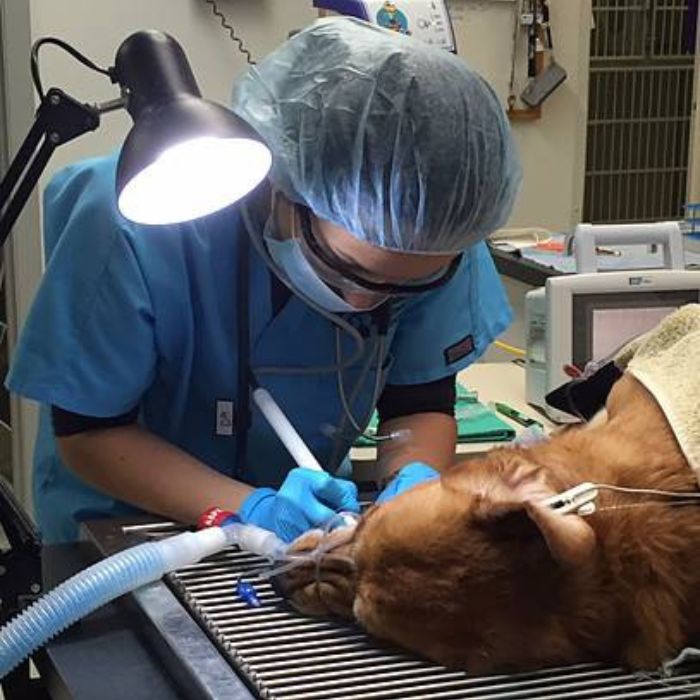Pet Dental Care

Pet Dental Care
Discover the Potential of Miami, Florida Pet Dental Care
We are aware of the unique relationship you have with your pet and your wish to provide them with a long, happy life. With an unbroken focus on providing exceptional pet dental care, we have committed ourselves to being more than simply a veterinary clinic; rather, we are your partners in fostering your pet’s well-being.
Periodontal disease is the most common ailment of small animals. It can cause inflammation, bleeding, and if left untreated, can cause tooth and/or bone loss.
Signs of dental disease usually include bad breath, redness along the gum line, tartar, calculus, or your pet may be eating slower or more carefully than they used to.
Successful dental care is not just treating problems but providing early prevention also. We offer pet-safe toothpastes and brushes, and tartar controlling treats, foods and water additives.
Should a full cleaning be needed, we provide safe ultrasonic tooth scaling and polishing and we even have a sealant called Oravet that when placed on the teeth after a professional cleaning helps block the build up of new tartar and plaque.
THE BENEFITS OF OUR PET DENTAL CARE
Our commitment to pet dental care in Miami, FL, extends far beyond mere words. We believe in delivering tangible benefits for your furry friend:
- Improved Oral Health: Regular dental care prevents plaque, tartar, and gum disease, ensuring strong teeth and fresh breath.
- Enhanced Comfort: Pain from dental issues can be excruciating for pets. Our care relieves discomfort and enhances their happiness.
- Prevent Serious Health Issues: Dental problems can lead to more severe health issues. Our care protects against systemic infections and diseases.
- Increased Lifespan: A healthy mouth means a healthier, longer life for your pet. Good dental care promotes longevity.
Come see us at Hammocks Veterinary Hospital, where we believe that providing dental treatment for your pet is an investment in their health, not simply a service. One happy, healthy grin at a time, we are your partners in fostering your pet’s happiness.
Our passion is seeing your pet smile. Make an appointment with us right now to enjoy the luxury of superior pet dentistry treatment in Miami, Florida. Let’s continue to hear those purring and wagging tails!
